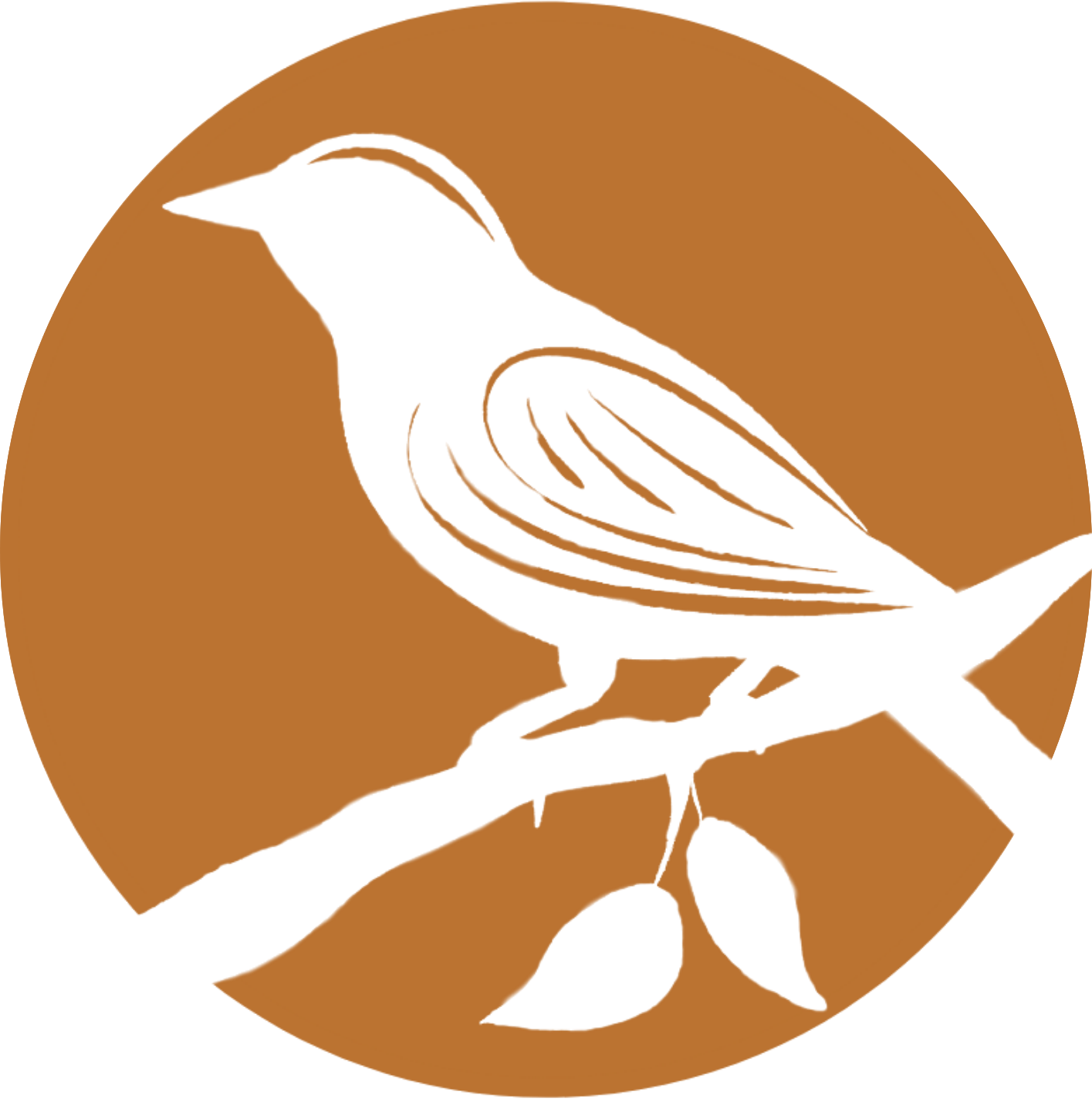Last week I spent a couple of days at a French Trappist Monastery in Rogersville New Brunswick. Terence first introduced me to Our Lady of Calvary Abbey over 10 years ago and while I haven’t been in a while, we used to visit about twice a year.
The Trappists are part of the Cistercian Order. They follow very regulated lives of work, study, and prayer. Their day begins at 3:40am and ends at 8pm. Trappists are known to also take vows of silence. This doesn’t mean that they never speak. They come together to pray and chant the Psalms 8 times a day. They are also allowed to get permission from the Abbot to speak to people on occasion. The porter, Brother Leo, who is the monk who welcomes people and manages the office is obviously allowed to speak, but guests are discouraged from engaging him too much in conversation. Brother Leo, though, is a willing participant. He told me once how he went to the Monastery when he was 26 because he thought he was dying of cancer. Over 60 years later, he’s still here. He had cancer once, but it was in this thumb and after amputating the affected area, he’s been fine.
The lane leading up to Our Lady of Calvary Abbey
The lane leading up to Our Lady of Calvary Abbey
Our Lady of Calvary Abbey was founded in the early 1900’s as monks and orders in France faced religious persecution. A delegate was sent to look for another home for the Trappist monks in French speaking Canada. One would assume that the decision to move to Rogersville New Brunswick was made during a visit in the summer. The monks who first came struggled in the cold in unheated buildings. But after years of sheer persistence, faith, and determination, eventually they came to have a large monastery with the addition of a guest house and beautiful grounds.
There are only 6 monks and 2 novices in the community at the moment. But with local help they farm the land the monastery is situated on, they have an apple orchard from which they produce their own apple juice for the guests who stay, they sell preserves and pottery made by one of the monks, they study and read for hours, and of course they pray.
The monastery provides 12 local jobs (not including the monks)
The monastery provides 12 local jobs (not including the monks)
The prayer times, or offices, are not what would be considered seeker friendly or contemporary. There are Psalms and responses which are chanted, a brief reading, some prayers for absent or departed brethren, prayers for the world and a hymn or two.
And yet, there is something deeply moving in these moments. It’s this heart of prayer that makes the monastery what it is: a thin place, where the presence of God is so clear it’s almost overwhelming. It’s apparent the moment you start down the lane to the Abbey. In the guests rooms it’s also powerful as brother Leo makes his rounds praying for those who are staying there or who will stay.
I often feel that being close to God is something that I have to work at. How often I try to carve out prayer time only to be distracted by a million thoughts, or to just sense silence and nothing else. But when I am at the monastery in Rogersville, I don’t even have to try. God speaks clearly and often, using the beauty of the surroundings, a word or prayer in the offices, or some moment of stillness.
So what does this have to do with living and working in the community? There are many discussions out there on what it means to live as people of faith. As we consider how we live in our communities or engage in our world, the monastic orders seem to be vestiges of an ancient time that somehow persist in their strange withdrawal from the world. And yet I would argue that they are engaging in the world and in the community, just in ways that are vastly different from most of us. I would add that the purpose of monasteries has always been to serve the community and the world.
Karl Rahner states in his book ‘Mission and Grace’ that “the Christian who lives according to the state of his orders must ask himself what his contribution will be to the healing and sanctification of the world”. And similarly he stresses that the laity who are in the world, and transforming it by their presence there, also need a place to truly look for God beyond the created world and all its crumblings, seeking places like monasteries to draw close to God.
It would seem then that we need each other. Those who are in monastic communities, to pray and work for the healing of the world, and those who are in the world to have a place to come and find closeness to God. It’s been exciting to see a project in our Diocese that turned the Bishop’s House into a Student Discipleship House where a group of people have decided to study, work and pray together. And while we continue to grapple with how to live together in community it’s important to remember how our world needs both those who will fully engage in the community and its needs, as well as those who seek a place apart to pray for our world and who create a space for others to draw close to God.
As I was leaving Our Lady of Calvary Abbey, I met a retired Doctor for Moncton who was staying for a few days. he explained that he really needed some peace and rest to refresh himself. We agreed that he’d come to the right place.
By Jasmine Chandra
